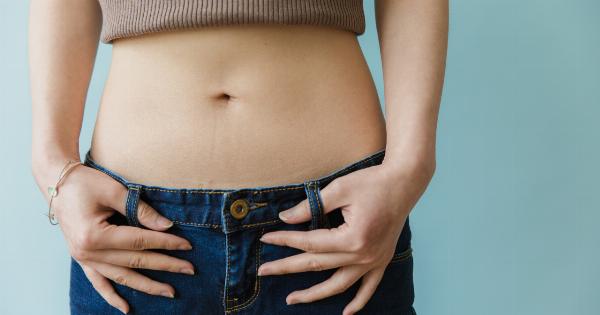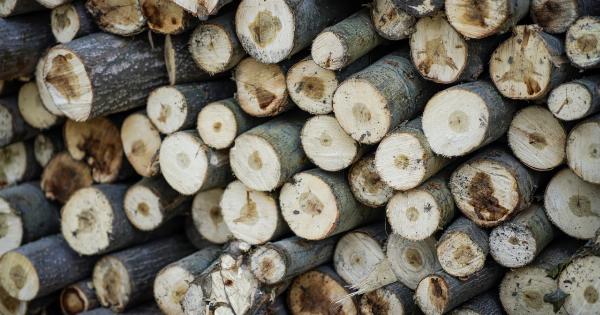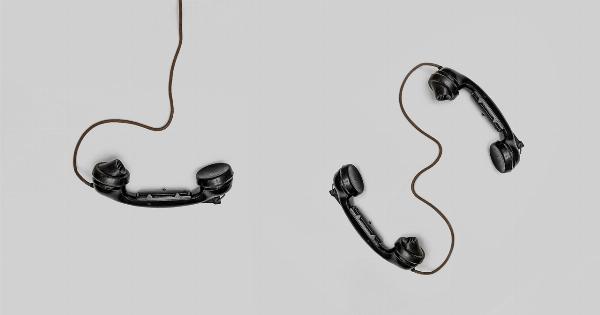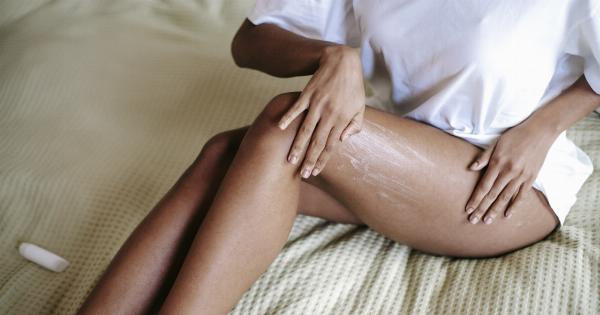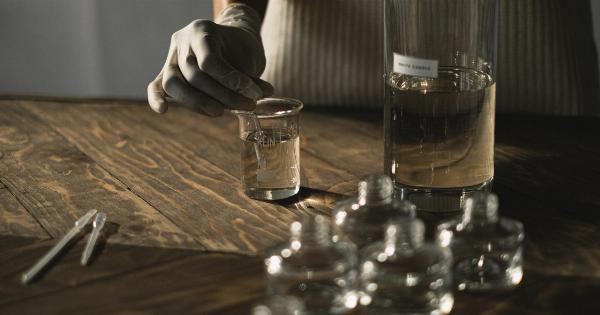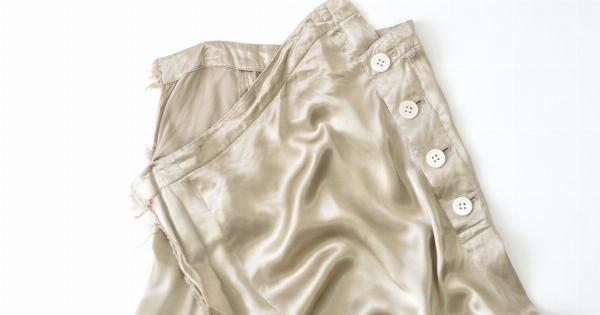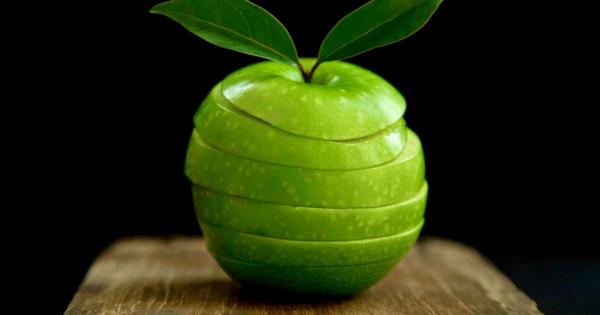Welcome to “Healing the Umbilical: A Comprehensive Guide,” where we explore everything you need to know about the umbilical cord, its healing process, and how to care for it.
The umbilical cord is a vital lifeline for newborns, connecting them to their mothers during pregnancy. Understanding how to heal and care for the umbilical cord is crucial for the well-being and health of your baby.
What is the Umbilical Cord?
The umbilical cord is a flexible tube-like structure that forms during pregnancy and connects the baby to the placenta in the womb. It consists of two arteries and one vein enclosed in a jelly-like substance called Wharton’s jelly.
The umbilical cord supplies oxygen and essential nutrients to the developing fetus, while also removing waste products.
Healing Process of the Umbilical Cord
After the birth of your baby, the umbilical cord must go through a healing process. The healing process involves the drying and separation of the cord stump, leading to the formation of a belly button. Here are the different stages involved:.
Stage 1: Drying
Immediately after birth, the umbilical cord stump is still fleshy and contains blood vessels. It is crucial to keep the cord stump clean and dry to prevent any infections.
To aid in the drying process, it is recommended to expose the cord to air and keep diapers folded away from the stump. Avoid using any creams, powder, or ointments on the cord.
Stage 2: Skin Changes
As the cord stump dries, the surrounding skin may change color and appear darker. This is a normal part of the healing process and should not cause concern.
However, if you notice any signs of redness, swelling, or pus-like discharge, it is important to seek medical attention, as it could indicate an infection.
Stage 3: Separation
Typically, within one to three weeks after birth, the umbilical cord stump will naturally separate from the baby’s abdomen. The stump usually shrivels up, turns black, and falls off on its own.
It is essential to avoid pulling or forcing the cord stump to come off prematurely, as this may cause bleeding or infection.
Stage 4: Belly Button Formation
After the cord stump falls off, a small wound is left behind, which gradually heals and forms the belly button.
Keep in mind that during this healing process, it is important to continue practicing good hygiene and keeping the area clean to avoid any infections.
Tips for Care and Healing
Here are some tips to ensure proper care and healing of the umbilical cord:.
1. Keep It Clean
Gently clean the area around the umbilical cord stump daily using a cotton swab or ball soaked in warm water. Clean in a circular motion, starting from the base of the cord stump and moving outward. Pat the area dry with a clean cloth or towel.
2. Air Out the Stump
Expose the cord stump to air to aid in the drying process. Letting it be uncovered for short periods throughout the day can help prevent the growth of bacteria and speed up the healing process.
3. Use Loose Diapers
Avoid using tight diapers or clothes that may rub against the cord stump. Opt for loose diapers or diapers with a designated cutout space for the stump to ensure proper airflow and prevent irritation.
4. Avoid Submerging in Water
Until the umbilical cord stump falls off, it is recommended to avoid submerging your baby in water. Sponge baths are a safe alternative during this healing period.
5. Monitor for Infections
Keep a close eye on the healing process and watch for any signs of infection, such as redness, swelling, foul odor, or discharge. If you notice any concerning symptoms, contact your healthcare provider immediately.
Conclusion
Healing the umbilical cord is an important aspect of newborn care. By following proper hygiene practices, keeping the area clean and dry, and monitoring for any signs of infection, you can ensure a smooth healing process.
Remember to consult your healthcare provider if you have any concerns or questions regarding the umbilical healing process of your baby.





